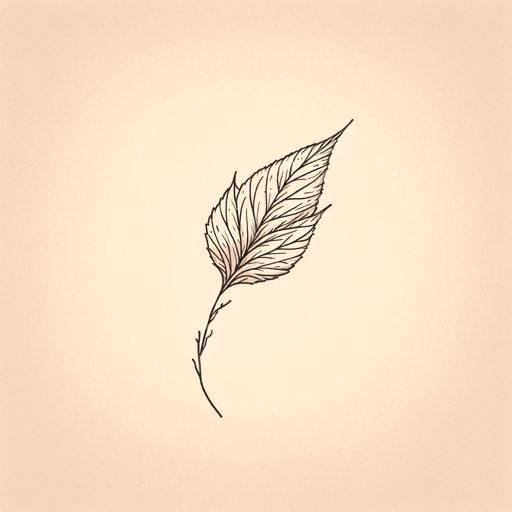24 pages • 48 minutes read
O. HenryThe Last Leaf
Fiction | Short Story | Adult | Published in 1907A modern alternative to SparkNotes and CliffsNotes, SuperSummary offers high-quality Study Guides with detailed chapter summaries and analysis of major themes, characters, and more.
Story Analysis
Analysis: “The Last Leaf”
“The Last Leaf” is heavily centered around the theme of The Power of Hope, using irony to amplify the story’s expression of that power. The last leaf itself, as a symbol, operates on two main levels: it is, at once, the real last leaf and the painted last leaf. The real last leaf is fragile. Its fall is inevitable. The painted leaf can withstand all that the terrible weather has to offer, the “beating rain” and “wild wind.” This duality suggests that hope is not as fragile or useless as it appears. Moreover, the irony of Johnsy believing that the painted leaf is the real one indicates that hope itself is also a matter of perception—as the doctor observes, “when a sick person begins to feel that he’s going to die, half my work is useless” (13). Hope is the capacity to live, something man can summon both for himself and for others.
Related Titles
By O. Henry
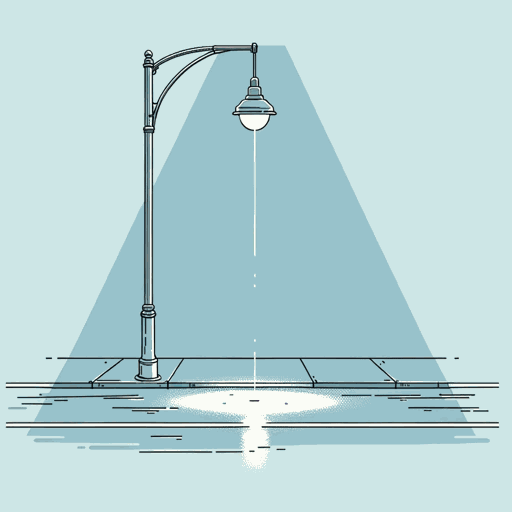
After Twenty Years
O. Henry

A Municipal Report
O. Henry
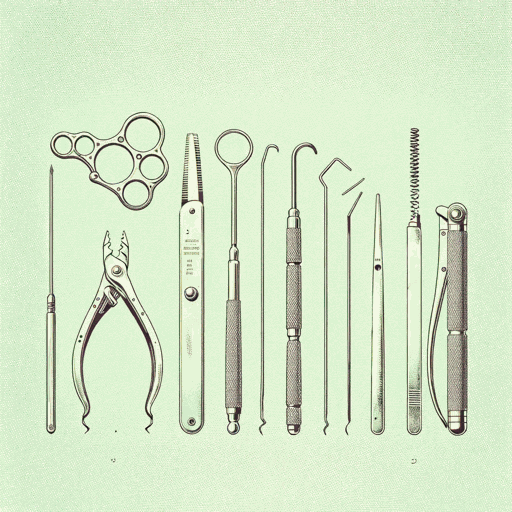
A Retrieved Reformation
O. Henry

Mammon and the Archer
O. Henry

One Thousand Dollars
O. Henry

The Cop and the Anthem
O. Henry
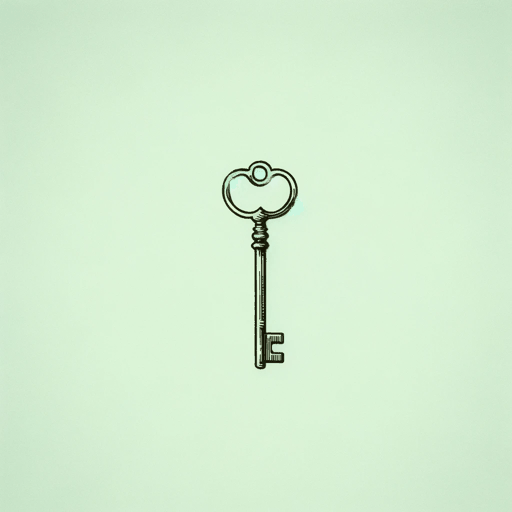
The Furnished Room
O. Henry
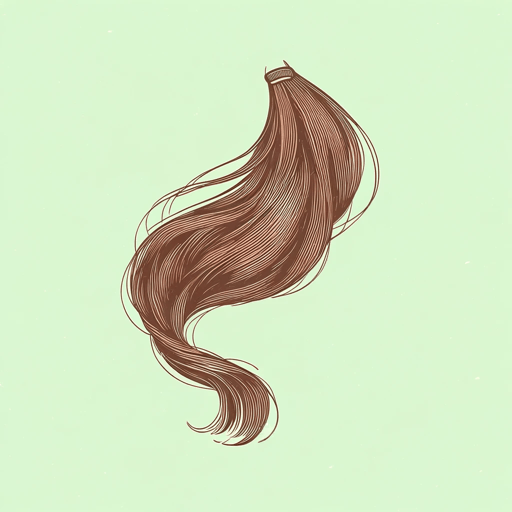
The Gift of the Magi
O. Henry
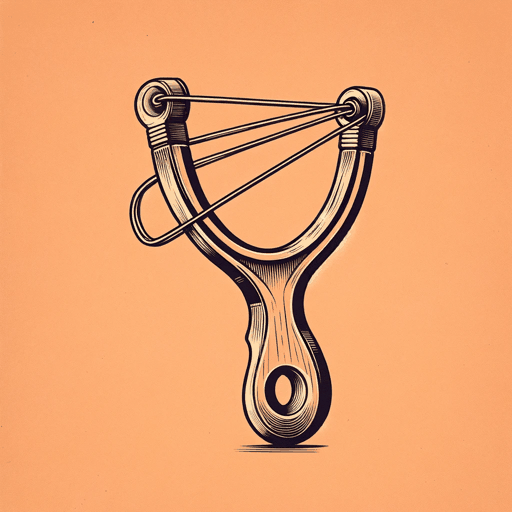
The Ransom of Red Chief
O. Henry
